Suits you: Maserati teams up with Zegna (for good this time)
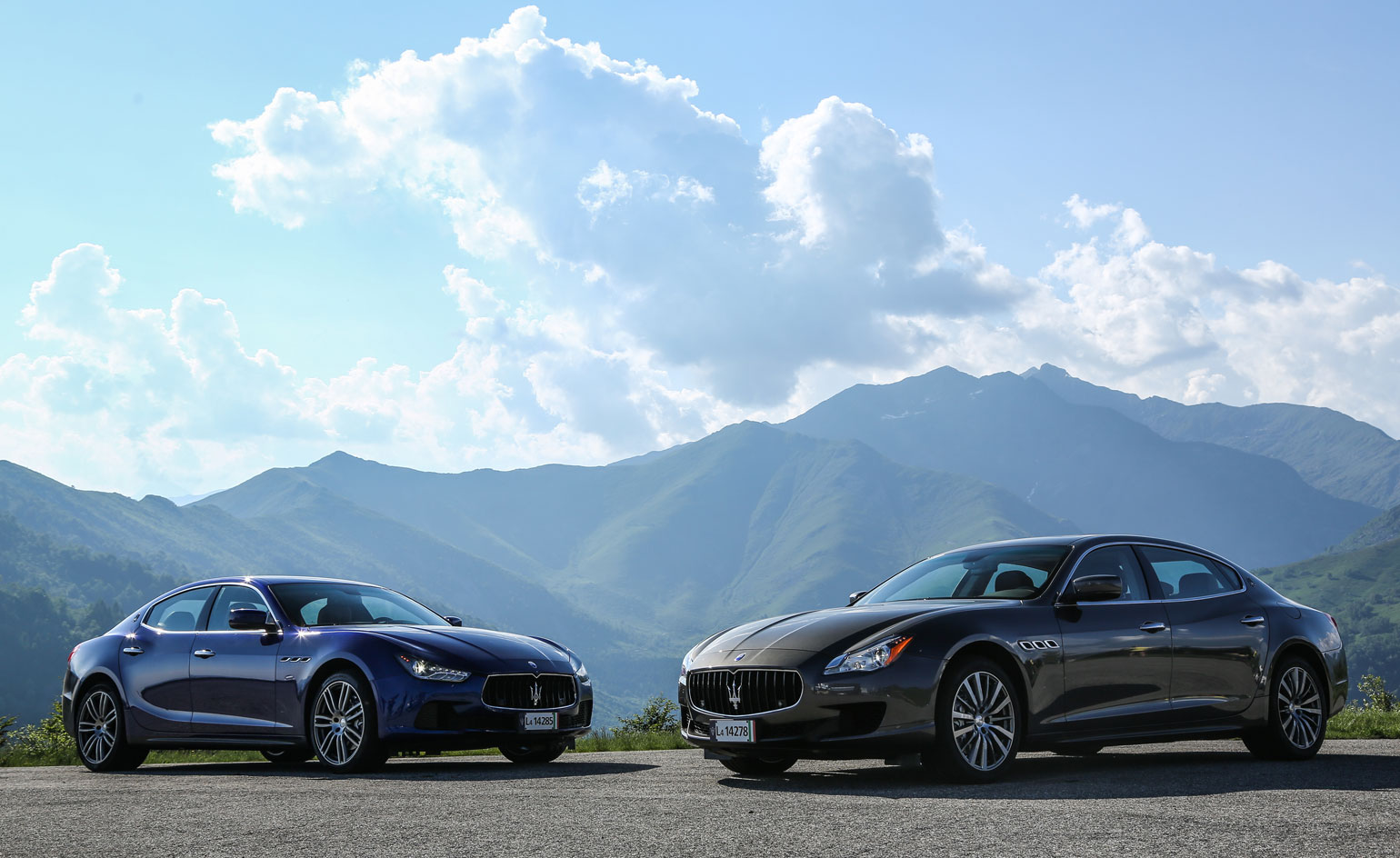
Silk might seem like an unlikely automotive fabric but a new version of the material – especially developed by fashion brand Ermenegildo Zegna as a new trim line for Maserati – intends to prove otherwise.
The two luxury brands have things in common beyond their Italian roots and 206 collective years of heritage, Zegna's CEO Gildo Zegna citing 'innovation, "something unique" and an appeal to women as well as men' as useful extra markers. But despite the mutual admiration, Maserati's no-nonsense CEO Harald Wester took some convincing that silk was the right collaborative path.
'I was skeptical, so I said "supply me the best and strongest material you have" and we started testing. Making a crash-test dummy jump up and down into a seat 250,000 times with normal auto fabric is no problem, but with silk it was, so we had to start again. Then there were temperature changes to consider, humidity and strong sunlight. It took us two years to solve. We did a special edition first, but now every customer that wants it can have silk in our cars.'
The edition Wester refers to was the 2013 100-edition Quattroporte Ermenegildo Zegna, with suit-style woven fabrics inside the cabin. Following that success, Maserati has now announced that the Zegna name will become a specific and long-standing trim option, used for the seats, door linings and ceiling headliners on its regular production models.
The material created for the seats is much heavier, at 320g per metre versus 150g for suits, but despite Zegna's highly complex weaving machines the process still involves human hands and judgement, creating a warmer fabric than the typical metal, leather and wood automotive staples. As chairman Paolo Zegna explains, 'We learned a lot from this collaborative process, using Chinese silk woven in Italy. We believe it will be very hard for anyone to copy it due to the amount of work we've put in.'
As a place to sit and drive, the Zegna trim models are comfortable, cool and non-stick in hotter climates, where full-leather can be unpleasant. And in terms of design and placement, the material's use is subtle and understated. Indeed, the only Zegna badging on the car is on the back of the sun visor when folded down, a bit like the label on a suit's inside pocket. Refreshing.
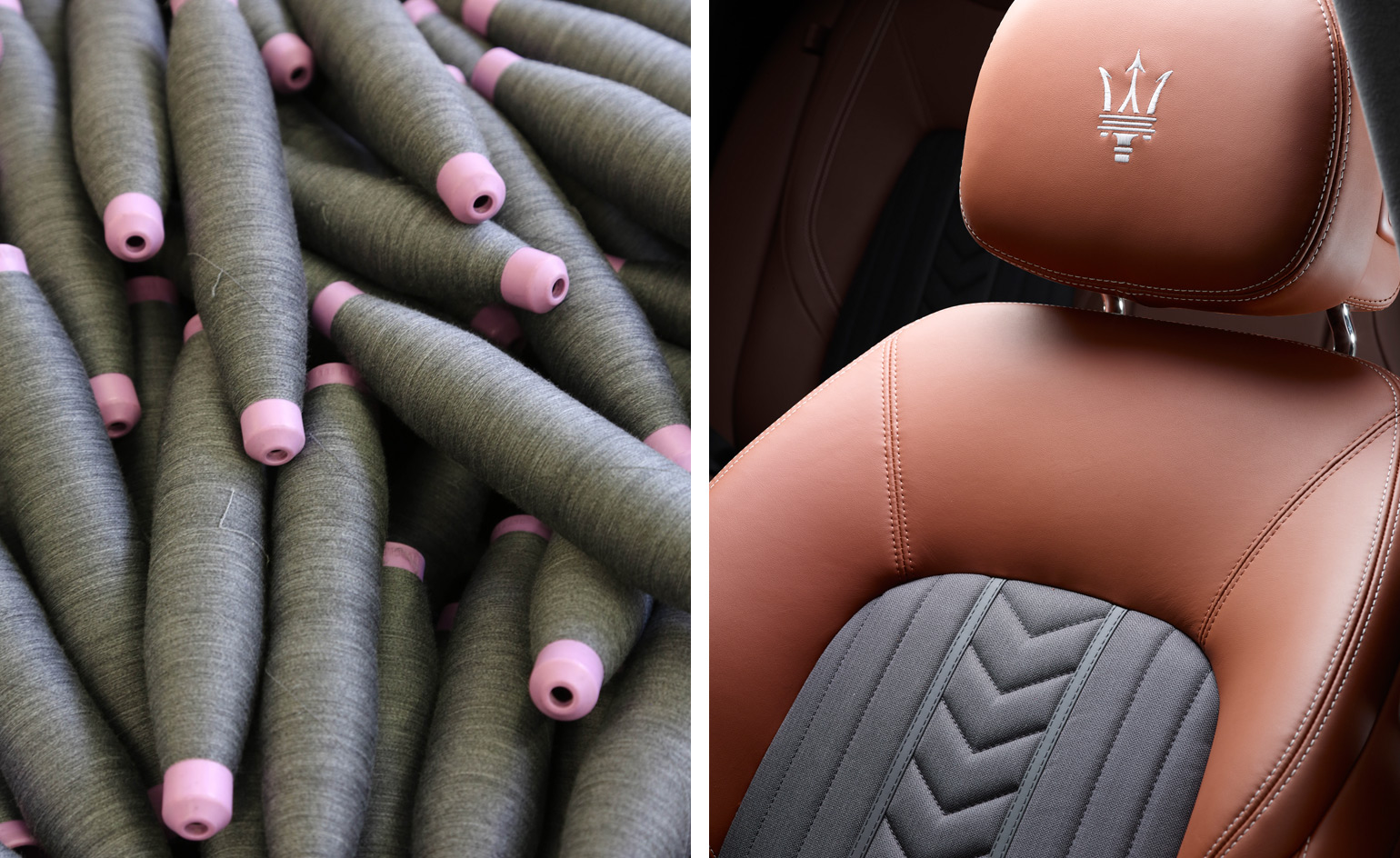
Silk might seem like an unlikely automotive fabric but a new version of the material – especially developed by the fashion brand – intends to prove otherwise
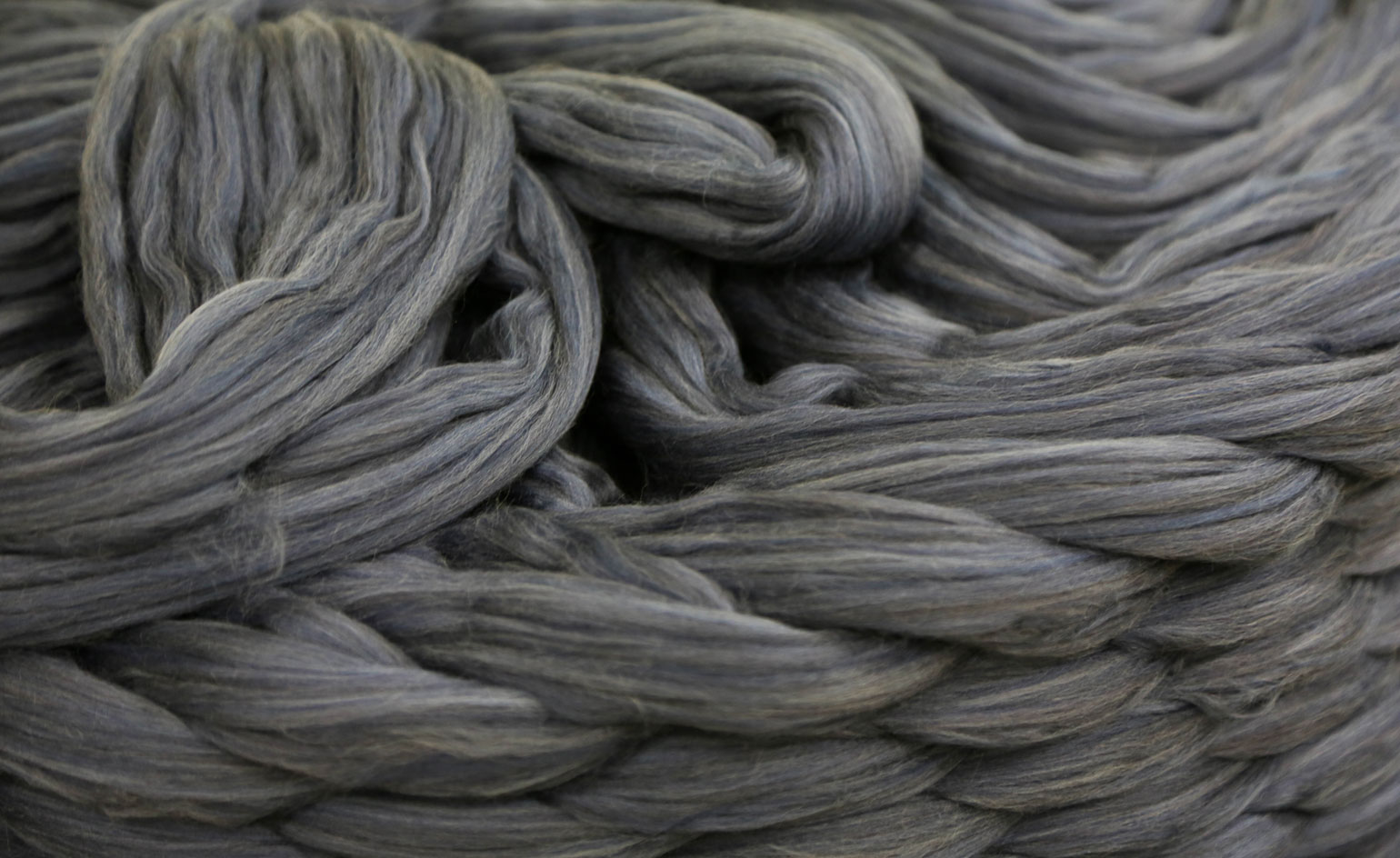
The two luxury brands have things in common beyond their Italian roots and 206 collective years of heritage – Zegna's CEO Gildo Zegna cites 'innovation, "something unique" and an appeal to women as well as men' as useful extra markers
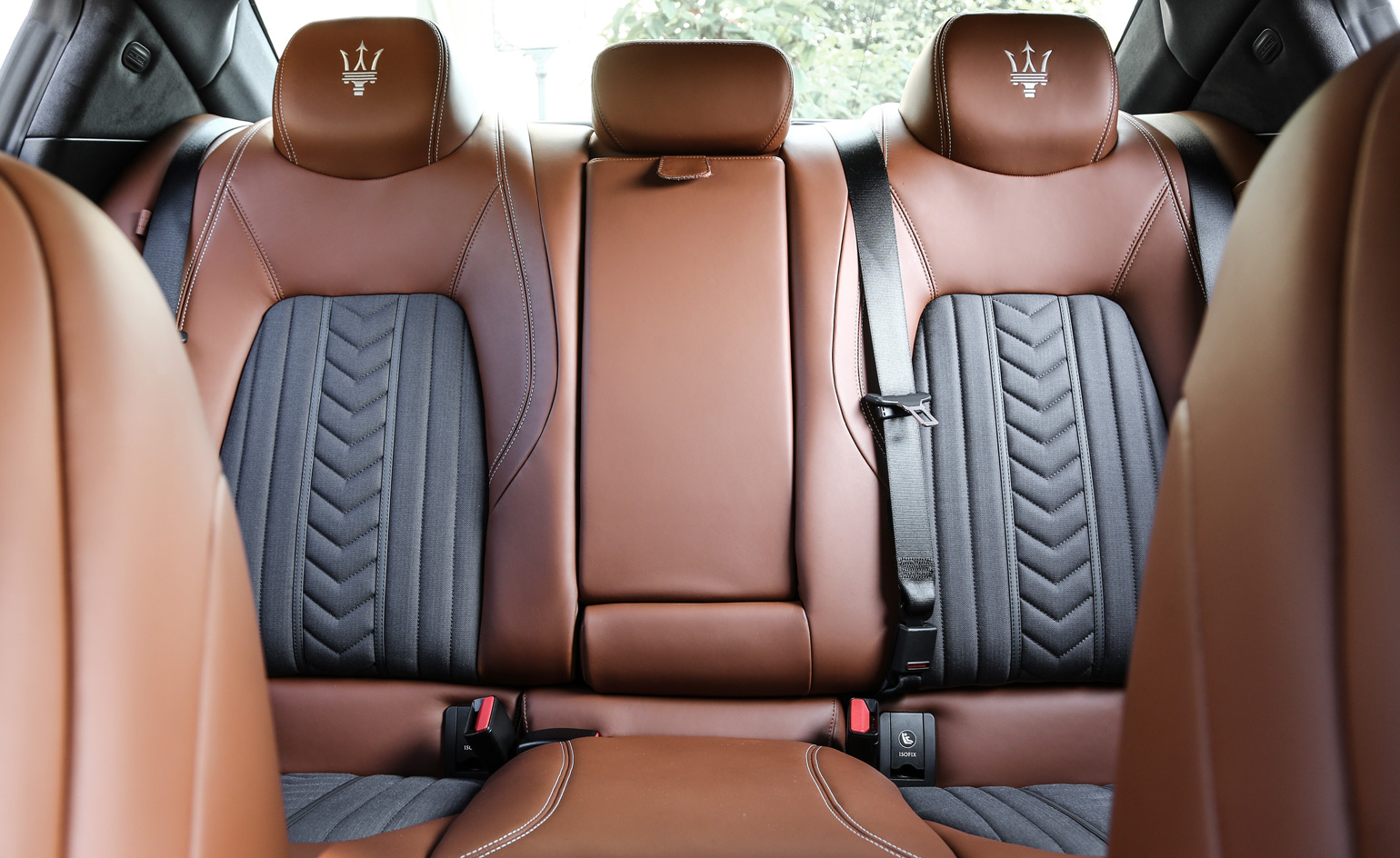
Despite Zegna's complex weaving machines, the silk creation process still involves human hands and judgement, creating a warmer fabric than the typical metal, leather and wood automotive staples
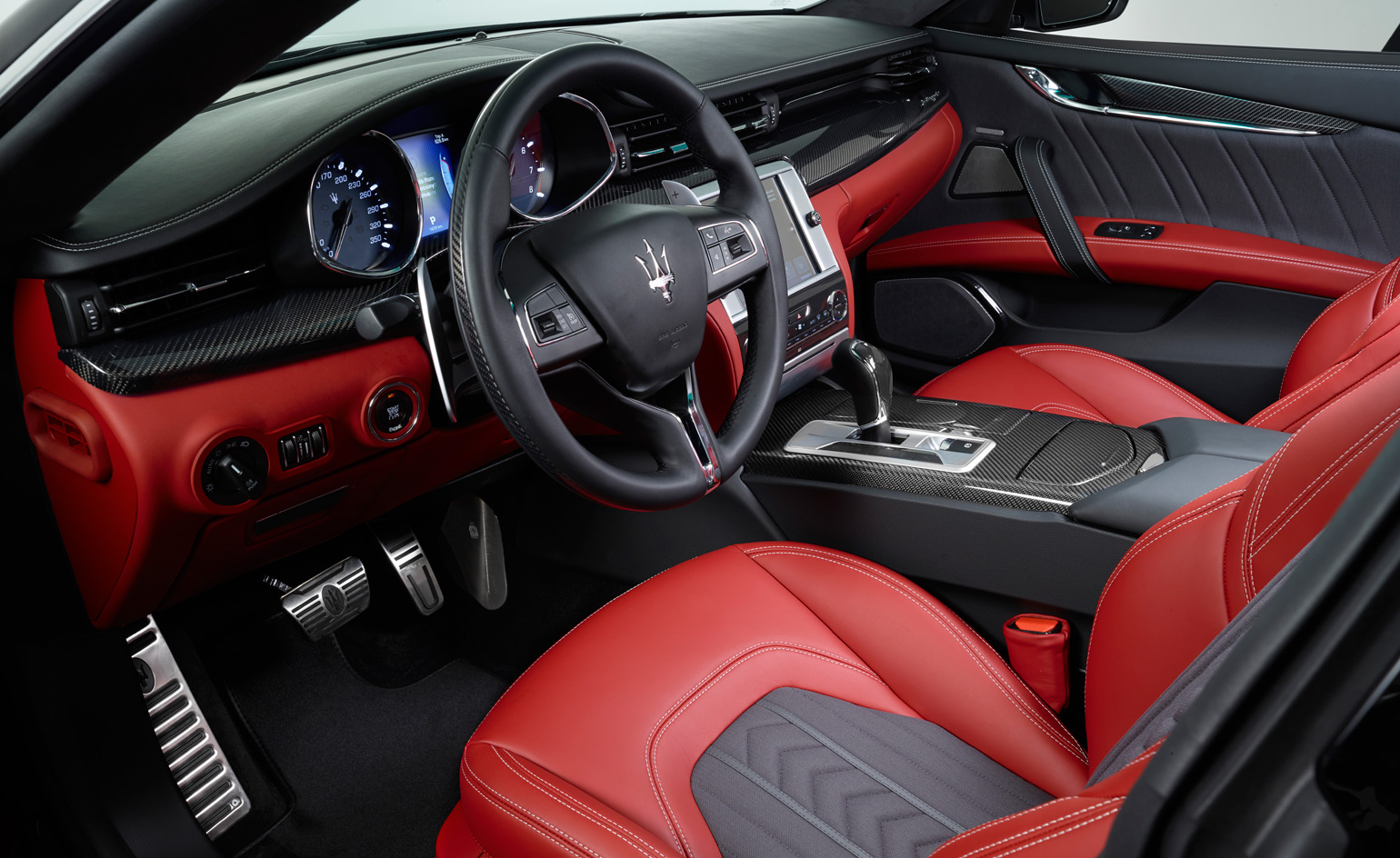
As a place to sit and drive, the Zegna trim models are comfortable, cool and non-stick in hotter climates, where full-leather can be unpleasant
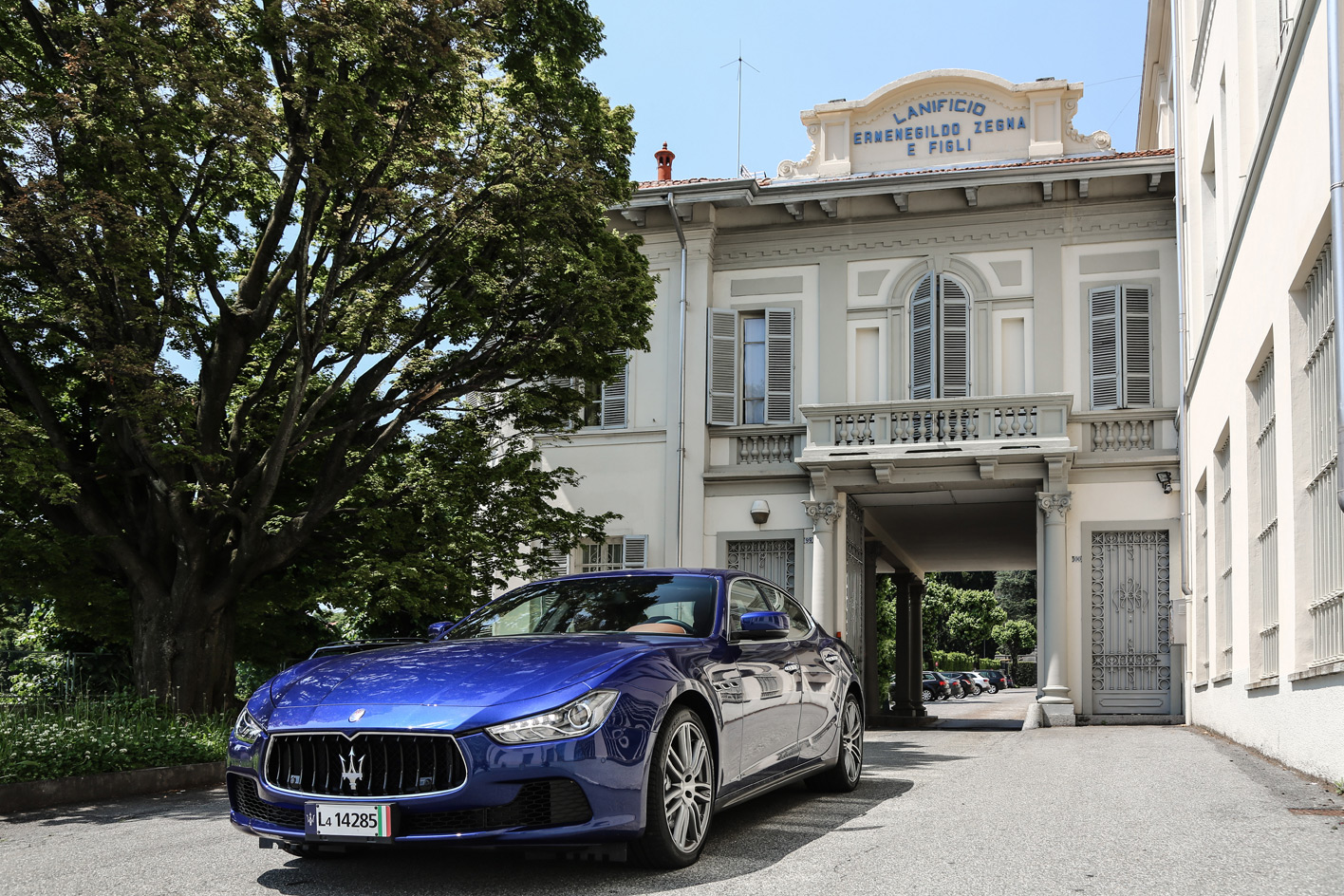
'Now, every customer that wants it can have silk in our cars,' says Maserati's no-nonsense CEO Harald Westernow
Wallpaper* Newsletter
Receive our daily digest of inspiration, escapism and design stories from around the world direct to your inbox.
Guy Bird is a London-based writer, editor and consultant specialising in cars and car design, but also covers aviation, architecture, street art, sneakers and music. His journalistic experience spans more than 25 years in the UK and global industry. See more at www.guybird.com
-
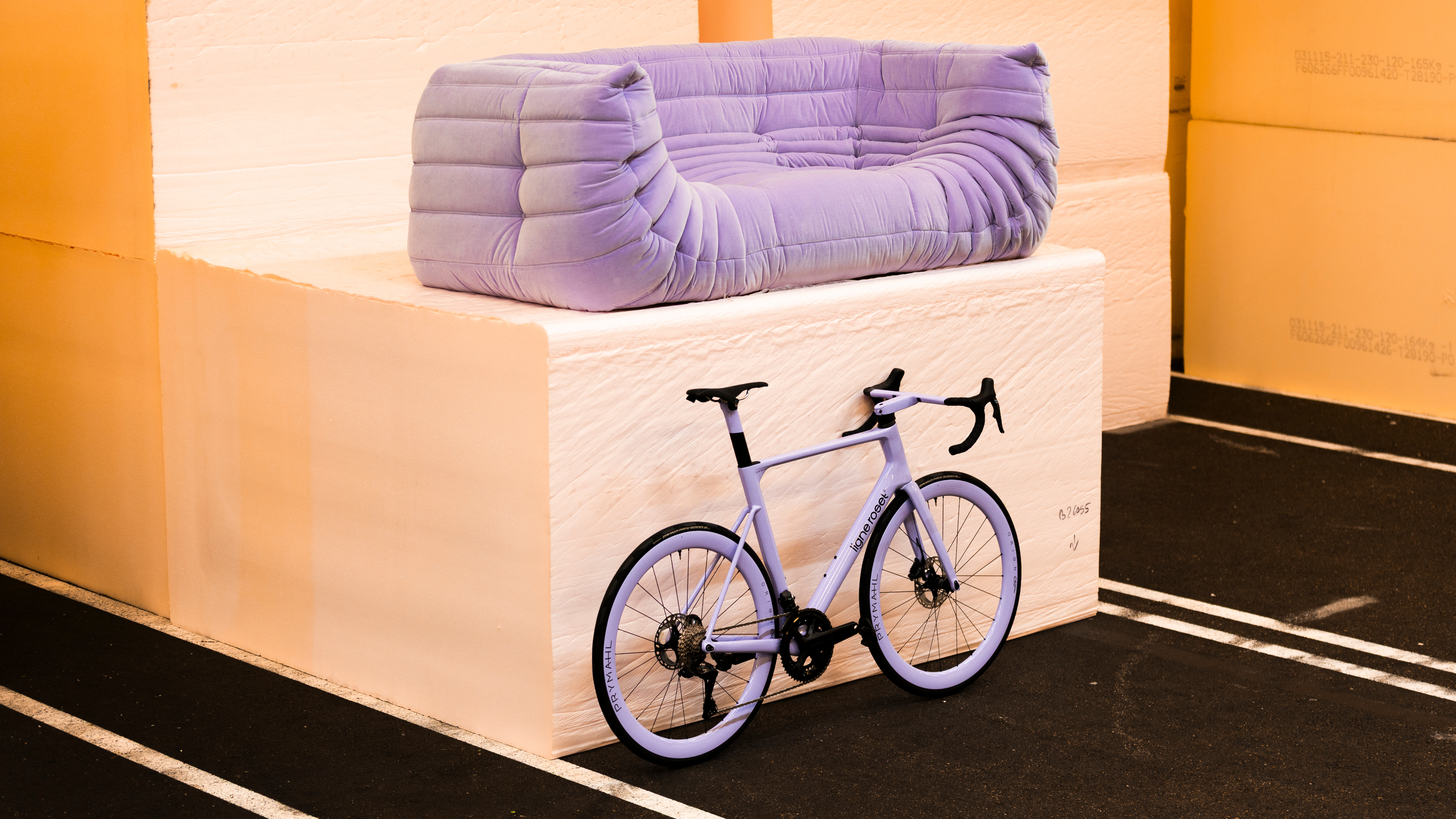 Ligne Roset teams up with Origine to create an ultra-limited-edition bike
Ligne Roset teams up with Origine to create an ultra-limited-edition bikeThe Ligne Roset x Origine bike marks the first venture from this collaboration between two major French manufacturers, each a leader in its field
By Jonathan Bell
-
 The Subaru Forester is the definition of unpretentious automotive design
The Subaru Forester is the definition of unpretentious automotive designIt’s not exactly king of the crossovers, but the Subaru Forester e-Boxer is reliable, practical and great for keeping a low profile
By Jonathan Bell
-
 Sotheby’s is auctioning a rare Frank Lloyd Wright lamp – and it could fetch $5 million
Sotheby’s is auctioning a rare Frank Lloyd Wright lamp – and it could fetch $5 millionThe architect's ‘Double-Pedestal’ lamp, which was designed for the Dana House in 1903, is hitting the auction block 13 May at Sotheby's.
By Anna Solomon
-
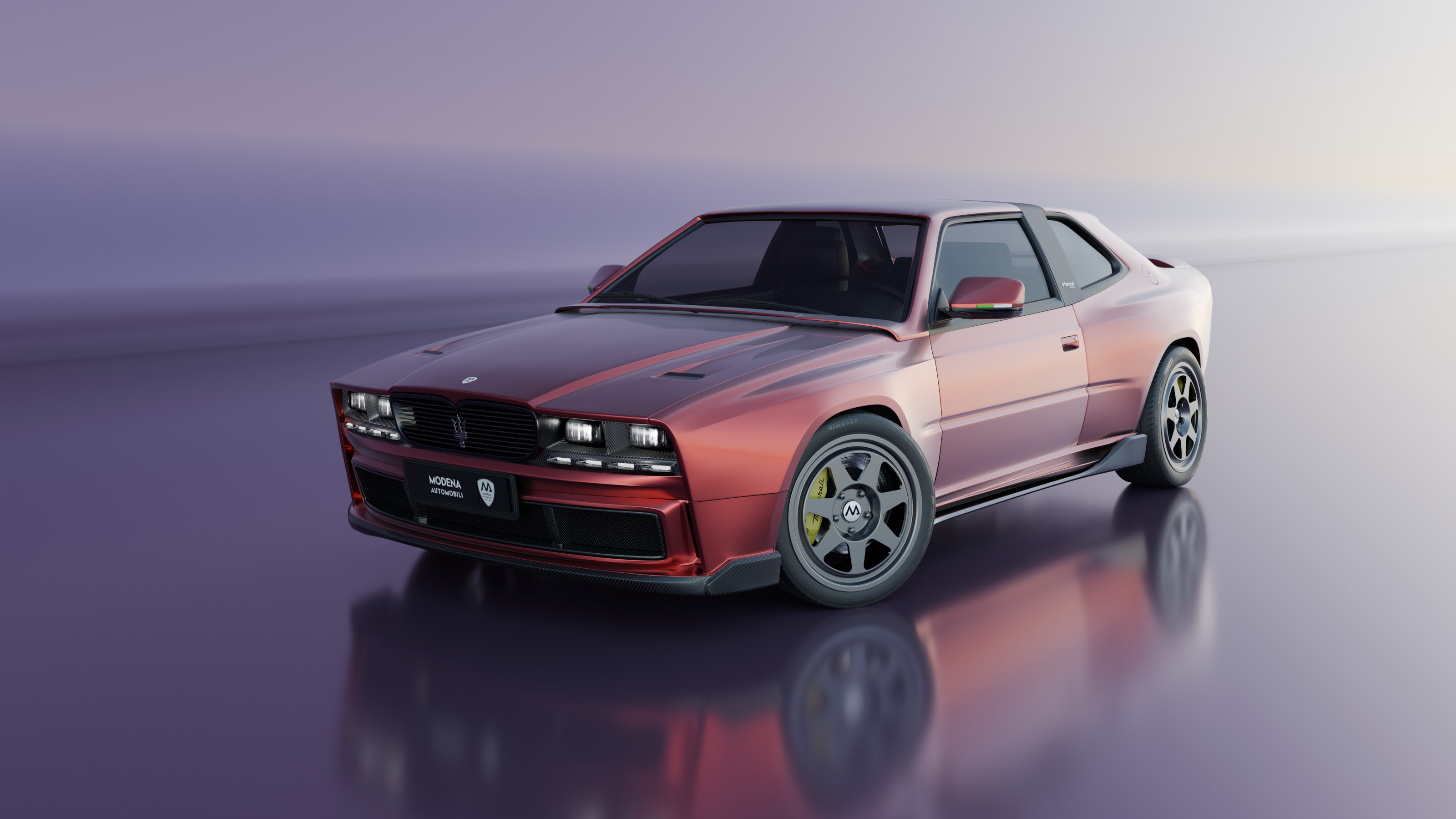 Modena Automobili transforms the 1990s-era Maserati Shamal into a cutting-edge restomod
Modena Automobili transforms the 1990s-era Maserati Shamal into a cutting-edge restomodThe MA-01 Maserati Biturbo Shamal gives Marcello Gandini’s iconic 1990s design a fresh lease of life, with uprated engineering, electronics and style
By Jonathan Bell
-
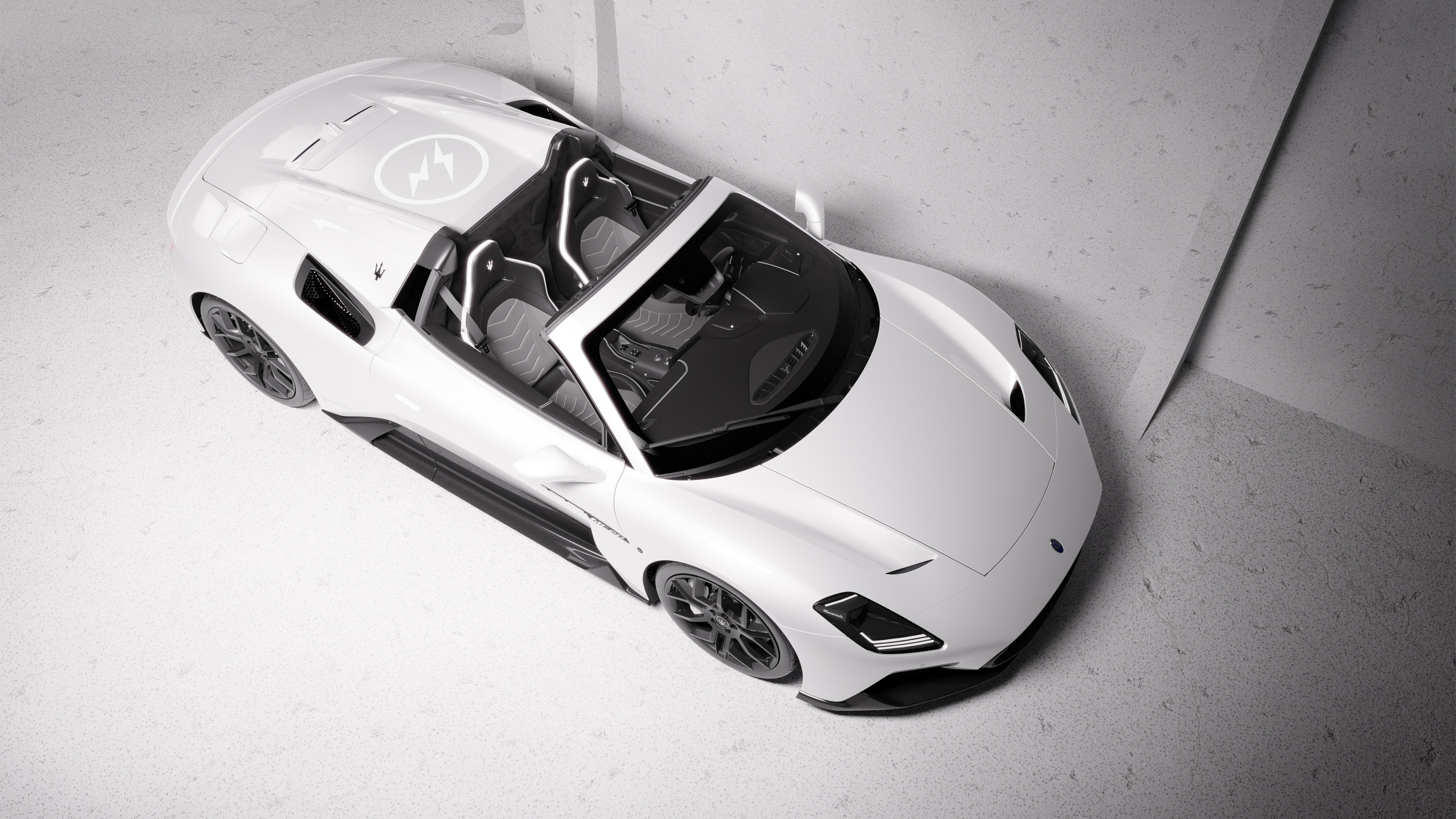 Maserati unveils the Fuoriserie By Hiroshi Fujiwara MC20 Cielo model
Maserati unveils the Fuoriserie By Hiroshi Fujiwara MC20 Cielo modelHiroshi Fujiwara, the so-called Godfather of Streetwear, lends his talents to Maserati’s in-house bespoke division, creating a stylish take on the company’s open-topped supercar
By Jonathan Bell
-
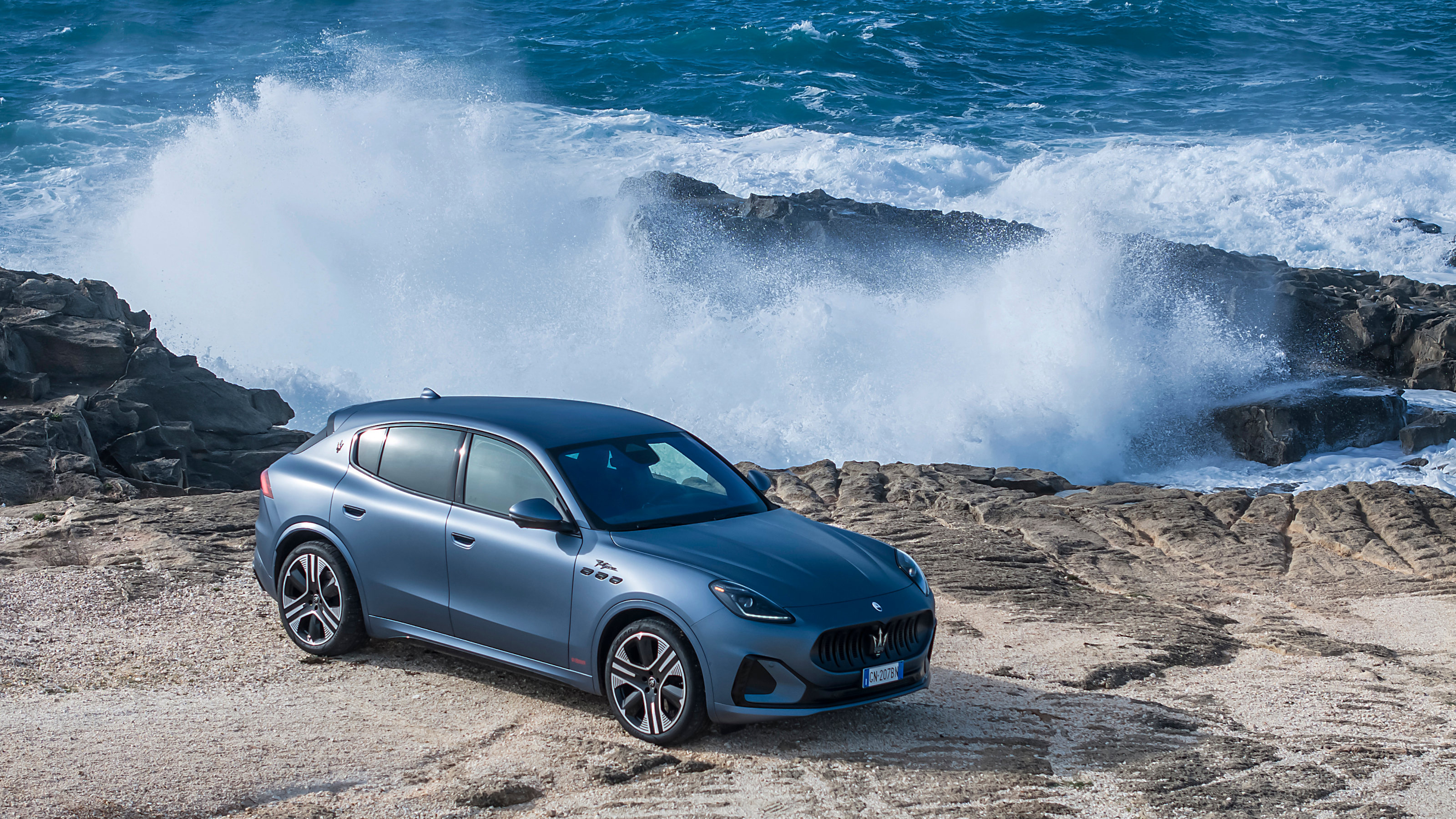 The new Maserati Grecale Folgore electrifies the model's exceptional qualities
The new Maserati Grecale Folgore electrifies the model's exceptional qualitiesPerformance, practicality and elegance come together in Maserati's first all-electric SUV, the new Grecale Folgore
By Jonathan Bell
-
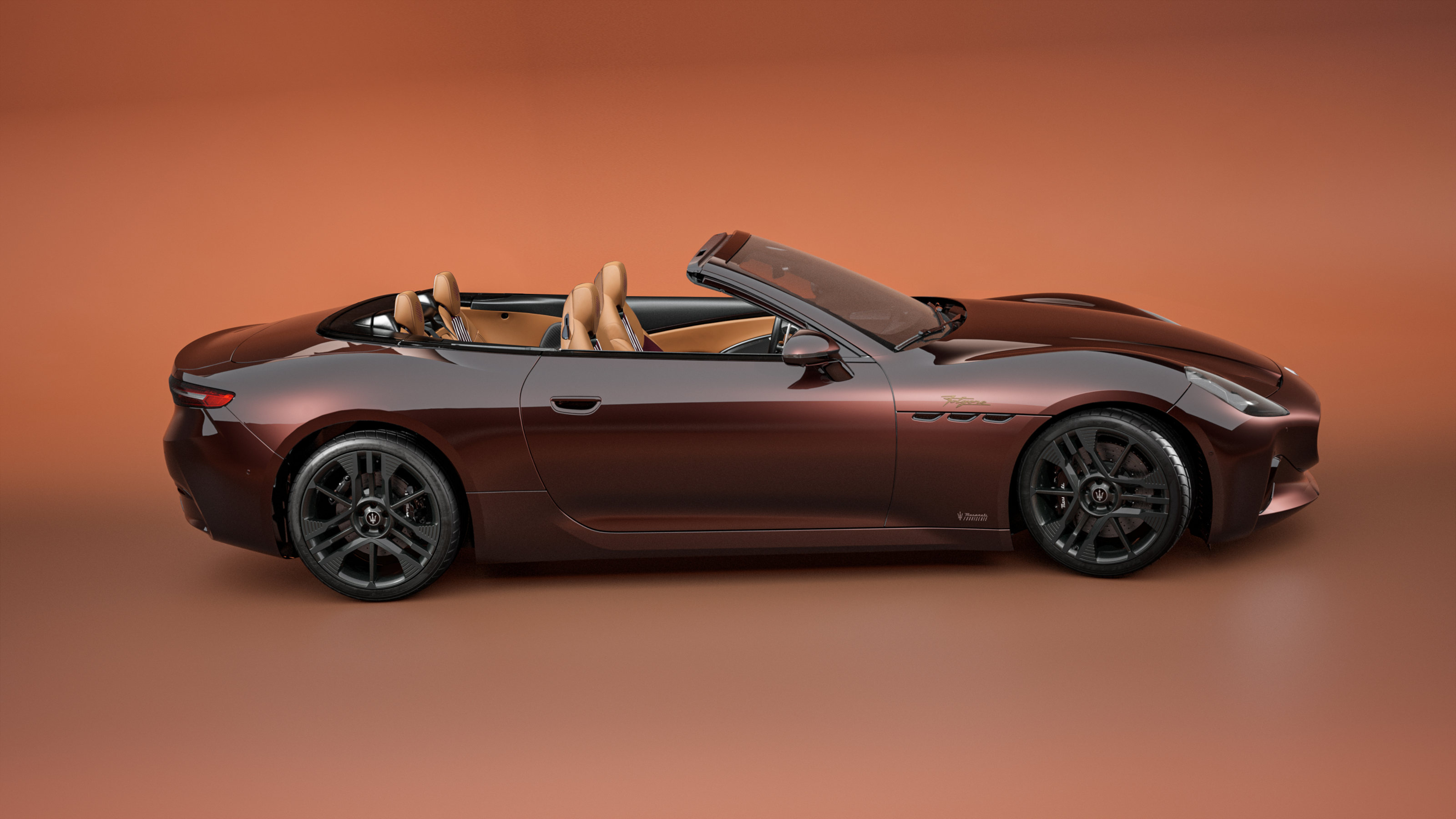 A unique electric Maserati marks a long-standing partnership with a legendary winery
A unique electric Maserati marks a long-standing partnership with a legendary wineryThe Maserati GranCabrio Folgore Tignanello Edition is a one-off celebration of Maserati’s bespoke division and the half century of Tignanello
By Jonathan Bell
-
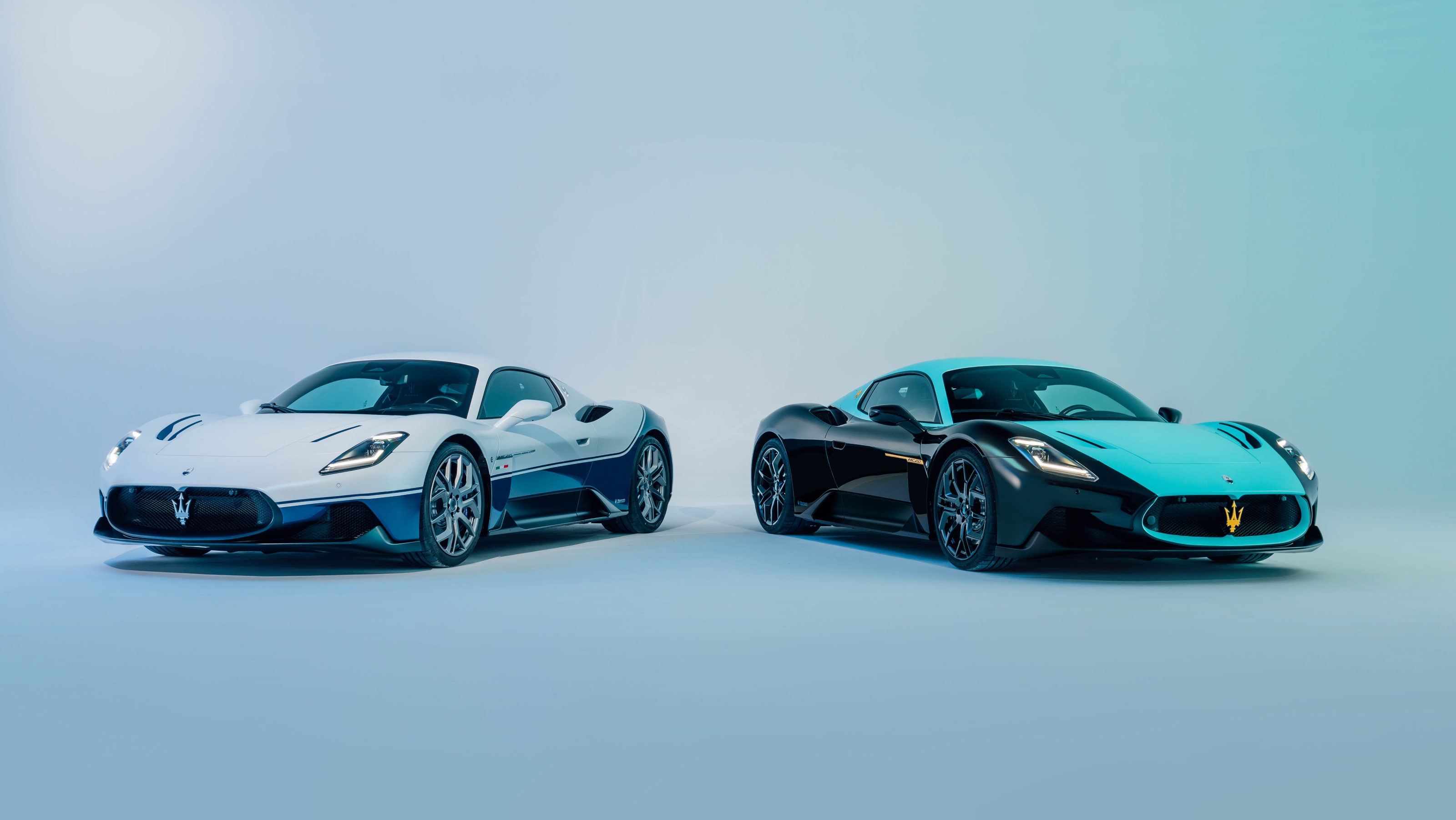 Meet two new Maserati MC20 supercars, the Leggenda and the Icona
Meet two new Maserati MC20 supercars, the Leggenda and the IconaThese Maserati MC20 special editions honour the company’s racing heritage and the 20th anniversary of the Maserati MC12 hypercar
By Jonathan Bell
-
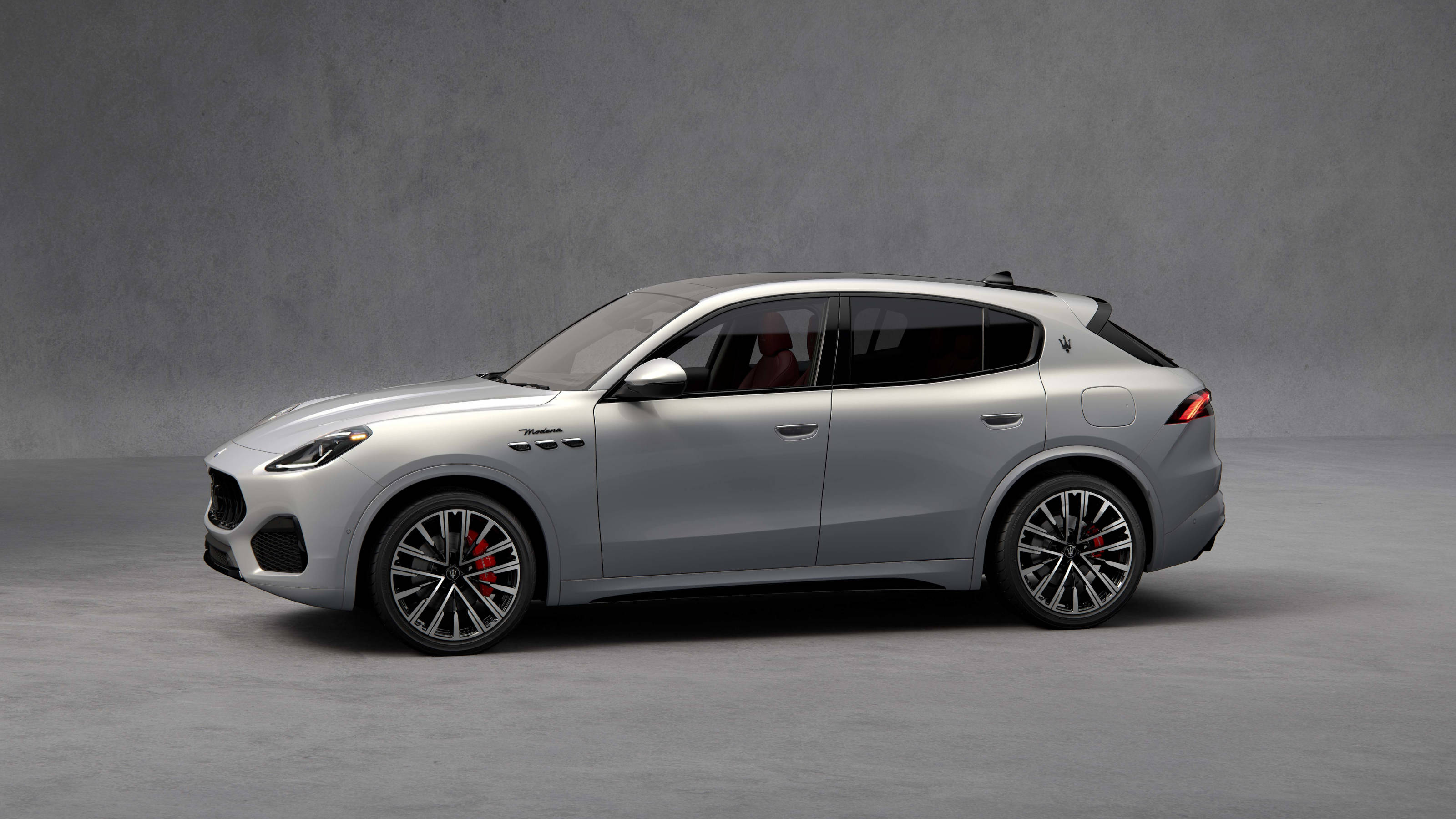 Maserati Grecale Modena hits the middle ground, an SUV for the badge-conscious
Maserati Grecale Modena hits the middle ground, an SUV for the badge-consciousThe Maserati Grecale Modena shows just how far a brand has to go to make an impact in the contemporary car market. How does it reflect on the Italian company’s long heritage?
By Jonathan Bell
-
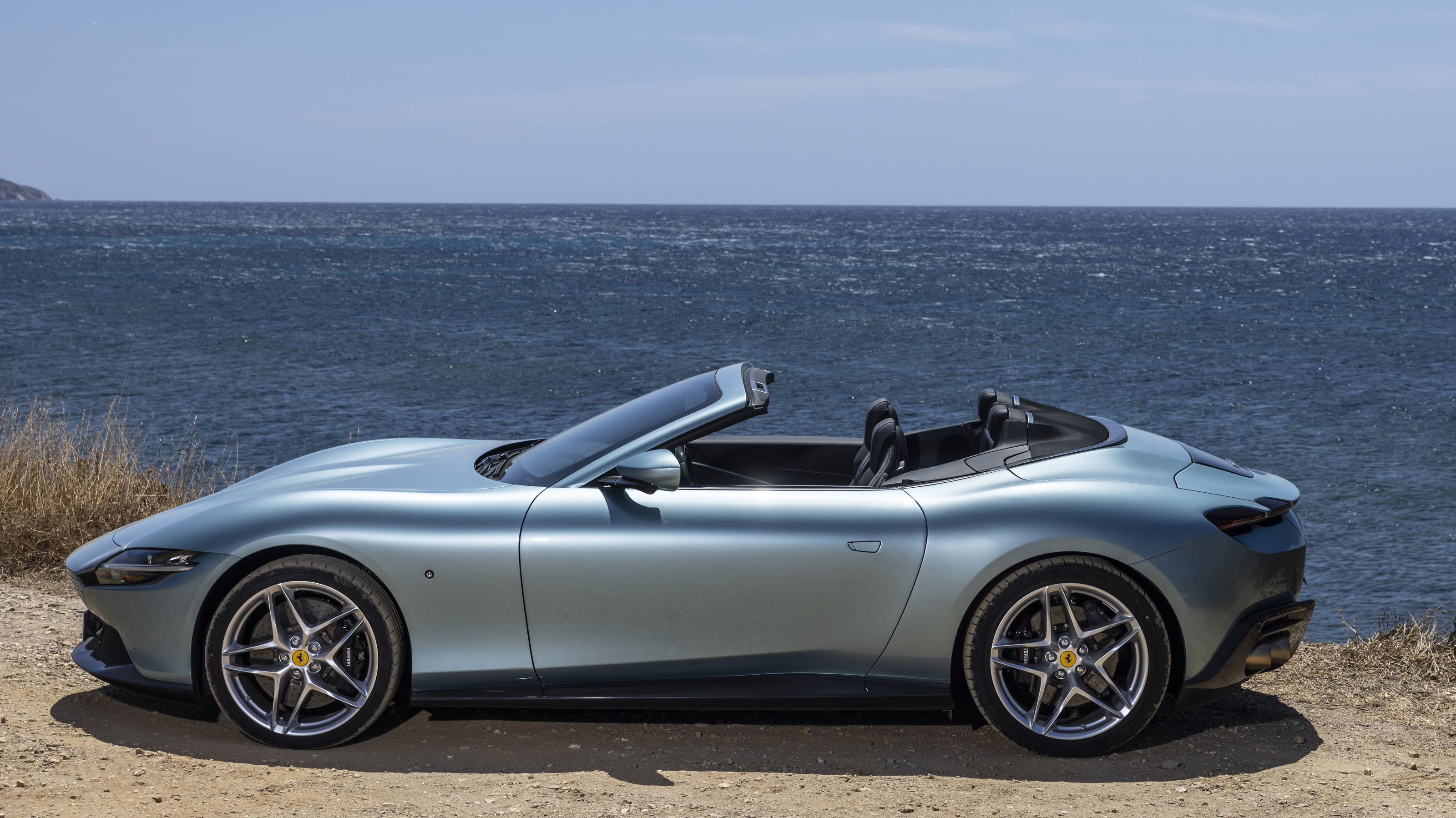 Year in review: the top 10 cars of 2023, as selected by Wallpaper’s Jonathan Bell
Year in review: the top 10 cars of 2023, as selected by Wallpaper’s Jonathan BellWhat were the best four-wheeled offerings of 2023? Transport editor Jonathan Bell takes us through the year’s most intriguing automobiles
By Jonathan Bell
-
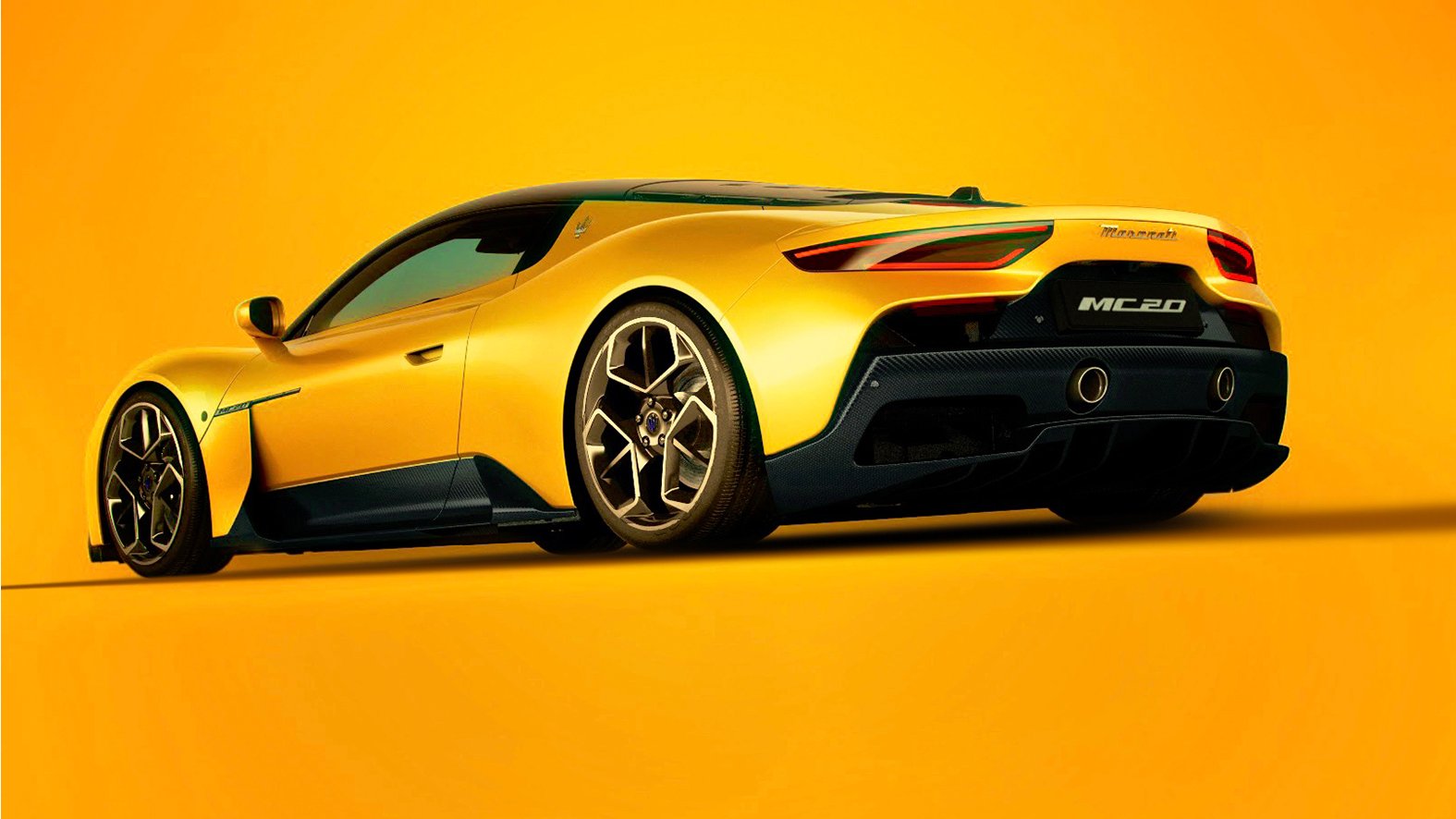 Maserati MC20 is a magnificent take on the modern mid-engine supercar
Maserati MC20 is a magnificent take on the modern mid-engine supercarMaserati’s snarling MC20 arrives just as the world is looking towards electrification. Is this delectable machine still relevant?
By Jonathan Bell